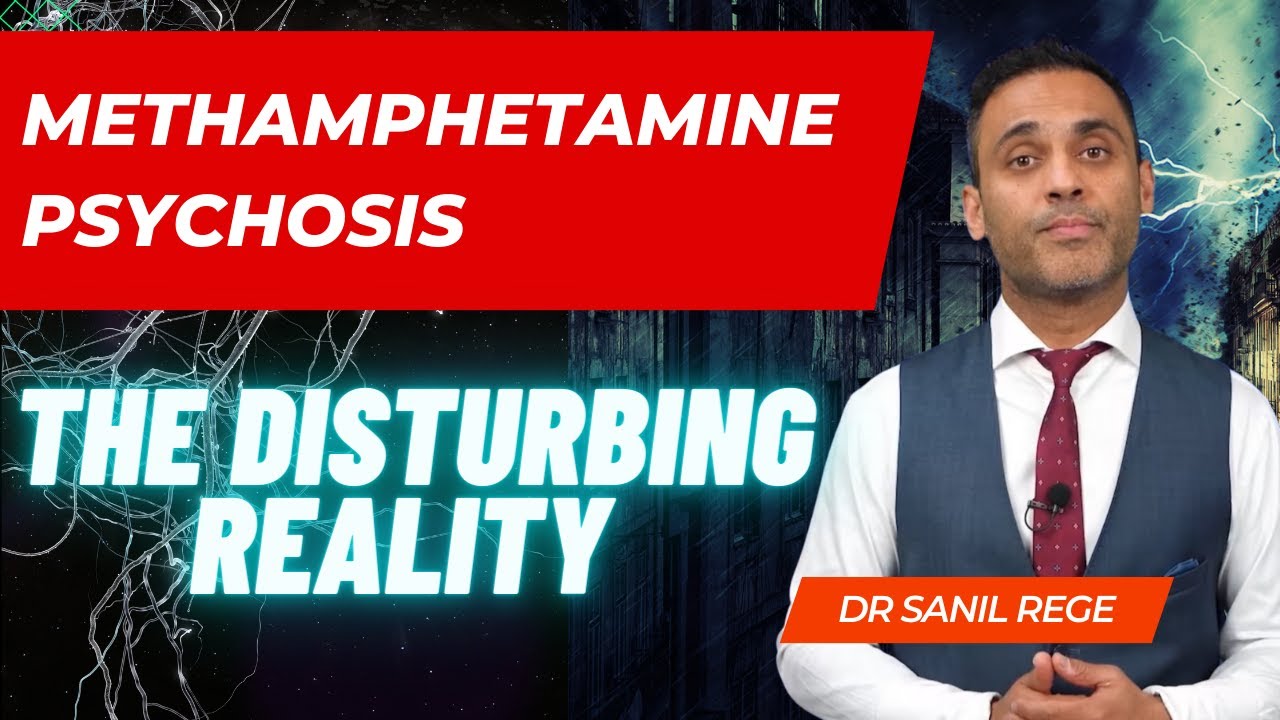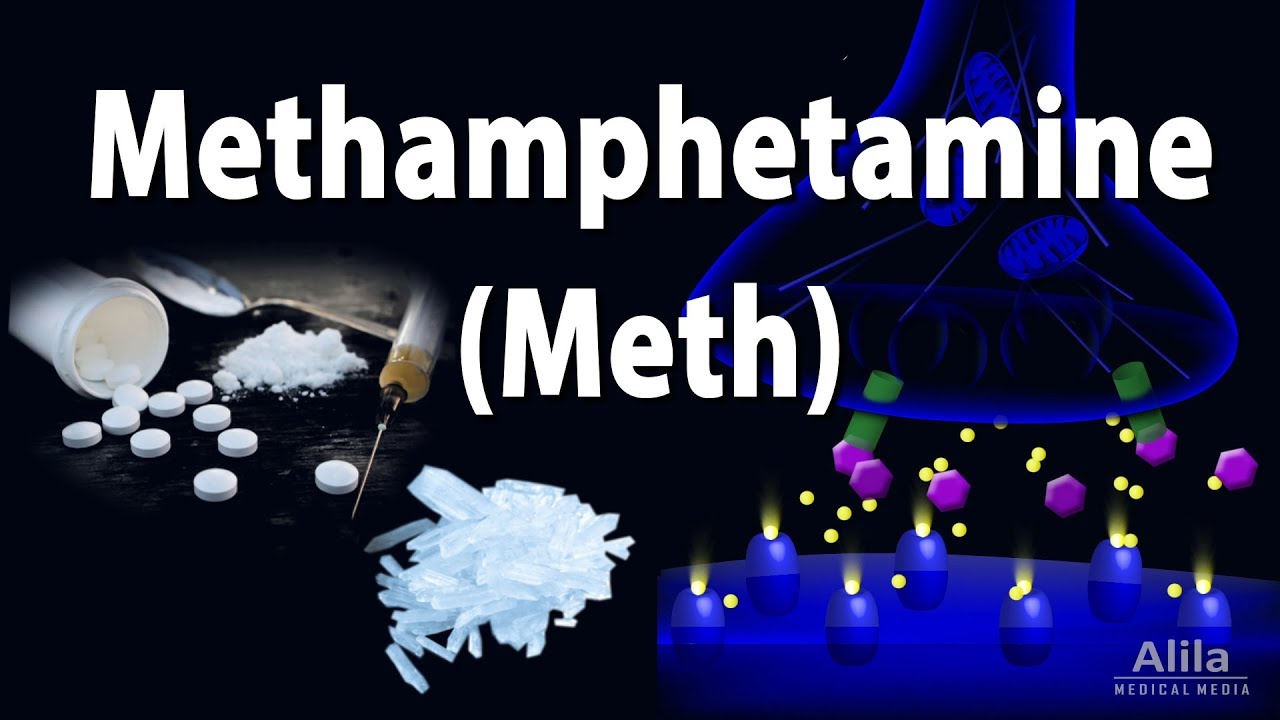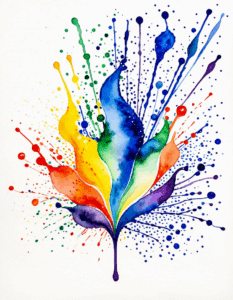
Unveiling the Symptoms of Meth Use: A Comprehensive Guide
In an ever-growing landscape of substance misuse, methamphetamine, commonly known as meth, remains a formidable adversary to public health and safety. This potent central nervous system stimulant continues to affect lives across socio-economic boundaries. By delving deep into the multipronged symptoms of meth use, this article aims to provide valuable insights into meth addiction symptoms and how they manifest in individuals. Parents are often the silent watchers of this unfolding crisis, and it’s pivotal for them to grasp the signs that jeopardize the well-being of their children.

Recognizing Meth Addiction Symptoms: More Than Just a Behavioral Shift
Methamphetamine use spawns a cascade of physiological and psychological changes that constitute addiction. These meth addiction symptoms are not just superficial behavioral shifts; they represent a profound reconfiguration of a person’s biological and emotional state. The physical symptoms can range from severe dental issues, often termed “meth mouth,” highlighted by tooth decay and gum disease, to drastic weight loss and skin sores that tell tales of turmoil beneath the surface. Psychologically, meth use often propels individuals into extreme euphoria, followed by episodes of irritability, confusion, and sometimes violent behavior, a stark contrast to their former selves.

| Category | Short-Term Symptoms | Long-Term Symptoms | Physical Health Consequences | Psychological Consequences |
| Behavioral | Increased alertness | Addiction | Skin sores, “meth mites” | Paranoia |
| Decreased appetite | Violent behavior | Dental problems (Meth Mouth) | Hallucinations | |
| Increased physical activity | Criminal activity | Weight loss | Anxiety | |
| Euphoria | Decreased interest in usual activities | Malnutrition | Mood disturbances | |
| Cognitive | Enhanced focus | Impaired judgment | Memory loss | |
| Increased respiration | Cognitive deficits | Impaired decision-making | ||
| Physical | Elevated body temperature | Chronic fatigue | Heart disease | |
| Rapid heart rate | Sleep disturbances | Stroke | ||
| High blood pressure | Increased risk of infectious diseases (HIV, Hepatitis) | |||
| Dilated pupils | Kidney damage | |||
| Withdrawal | Depression | |||
| Apathy and anhedonia | ||||
| Other Signs | Fidgeting | Severe weight loss | ||
| Extreme aggressiveness | Deterioration in personal hygiene |
How to Tell If Someone Is on Meth: Identifying Subtle Cues
Detecting meth use early can be life-saving. Friends, families, and co-workers often struggle with the question, “How to tell if someone is on meth?” Unmasking these signs involves keen observation of changes in energy levels, sleep patterns, physical appearance, and mood. Users might exhibit hyperactivity, decreased fatigue, and a reduced need for sleep, coupled with dilated pupils and rapid eye movement—an alert to the possibility that eyes on meth reflect a crisis. It is not uncommon to witness a friend who once prided themselves on personal grooming now neglecting basic hygiene.

Signs Someone Is On Meth: Behavioral Patterns and Environmental Clues
Behavioral patterns are among the foundation of recognizing the signs someone is on meth. Increased talkativeness, nervousness, and jitters can be early indications. Moreover, environmental clues at a person’s living or frequent spaces, like the presence of drug paraphernalia or suspicious-packaged substances, should raise concerns. The environment often echoes the internal chaos, with personal items strewn about haphazardly, a stark reminder of a life once orderly. On a societal level, communities witnessing a surge in drug paraphernalia litter, akin to scenes from some urban neighborhoods, may indicate a broader meth use problem.
Meth Symptoms: The Physical and Psychological Toll on Users
Meth symptoms encompass a wide spectrum of experiences, from intense physical changes to profound psychological disturbances. Physically, users may suffer from insomnia, anorexia, and rapid heartbeat, often leading to increased risk of cardiovascular issues—a beat echoing the dangerous rhythm of addiction. Psychological effects can be equally devastating, with meth users experiencing severe anxiety, confusion, and, in extreme cases, meth-induced psychosis. This terrifying state is where users lose touch with reality, presenting with hallucinations or paranoid delusions—a haunted mind trapped in a web of its own distortions.
Symptoms of Meth Use: The Long-Term Effects and Their Implications for Recovery
The prolonged symptoms of meth use paint a grim picture of its long-term health impacts. Chronic meth use can lead to irreversible harm, including cognitive deficits, memory loss, and an increased predisposition to Parkinson’s disease, as recent studies have suggested. With cognitive abilities on the line, it becomes clear that the urgency to intervene is paramount. The presence of these symptoms signals a severe addiction that necessitates intensified treatment approaches, which may include behavioral therapy and support groups, alongside emerging medicinal aids, shaping a new dawn in addiction treatment.
Beyond the High: Interpreting Subtle Emotional Symptoms of Meth Use
When evaluating the emotional symptoms of meth use, it’s essential to look beyond the initial “high” and consider the subtler signs of emotional disturbance. Meth use can destabilize a user’s emotional equilibrium, leading to erratic and unpredictable mood swings that not only endanger the users themselves but can also strain relationships with loved ones. It’s a tightrope walk over a chasm of potential ruin, requiring patience and fortitude to navigate.
Conclusion: A Beacon of Hope Amidst the Struggle Against Meth Use
Understanding the multifaceted symptoms of meth use is a critical step towards stemming the tide of methamphetamine addiction. Through recognition and effective address of these symptoms, intervention can occur at a much earlier stage, potentially steering users towards recovery before more severe consequences arise. Though the path to overcoming meth addiction is fraught with challenges, it is through knowledge, compassion, and decisive action that hope is nurtured. Communities must rally together to provide education, treatment options, and ongoing support to affected individuals, empowering them to reclaim their lives from the clutches of methamphetamine.
In the fight against meth use, Mothers Against stands as a beacon of hope and a pillar of support, embodying the compassion of Brené Brown and the resilience of Elizabeth Vargas. To those touched by addiction, know that you are not alone in this journey. Together, we can transform despair into hope and loss into recovery.
Recognizing the Symptoms of Meth Use
Curiosity might have you in a twist, wondering how Hollywood handles such gritty topics. Well, it might seem like a scene out of an intense drama, but some actors, like Adewale Akinnuoye-agbaje, often portray characters caught in the web of addiction, showing audiences the stark reality of meth use. Now, let’s cut to the chase: spotting someone with dilated pupils isn’t just a sign of surprise. It could be what experts call cocaine Pupils, but methamphetamine can cause the same alarming effect. And while comparing notes on the latest nail design Trends Of 2024 might be a whole lot cheerier, recognizing the symptoms of meth use in someone could be a lifeline they didn’t know they needed.
Physical and Behavioral Signs
Hold your horses; there’s more to it than the eyes! It’s like trying to read a complex new rulebook—meth use comes with a slew of signs. Sure, talking about men ‘s approach To pornography might be an awkward coffee table discussion, but addressing the drastic weight loss and dental issues, often dubbed “meth mouth, can’t be swept under the rug. Users might seem more energetic than a double-shot espresso, but don’t be fooled; this is a siren’s song, often leading to dangerous behaviors such as recklessness or aggression that might need legal insight from pros like Matt Pinsker.
Mental Health Implications
Oh boy, this is the tough part. You see, meth doesn’t just wreak havoc on the body; it’s like a tornado tearing through the mind. The mental symptoms of meth use? They’re as unpredictable as the next big hit from a rock legend like Neil Giraldo, but a whole lot scarier. We’re talking mood swings that could give the most suspenseful thriller a run for its money. But wait, there’s a heartbreaker: these mood swings can spiral down a murky path to suicidal thoughts, something no family should ever grapple with—yet, it’s a reality addressed by resources found on websites like Suicidar.
Remember, folks, it’s not just a simple dance with the devil; mixing meth with other substances, like playing a dangerous game of mixologist with hydroxyzine And alcohol, amps up the risk. It’s like adding gasoline to an already raging fire. Who in their right mind would do that? Let’s face it, when caught in the throes of addiction, logic is often the first casualty.
So there you have it—just a smidge upon the vast canvas of facts surrounding the symptoms of meth use. Who knew that something so destructive could be hiding in plain sight, sometimes mimicked by far less nefarious activities? It’s a sobering thought that could make you pause longer than an awkward silence at a high school reunion. Stay educated, stay aware, and let’s help keep our loved ones out of harm’s way. If you or someone you know needs help, don’t hesitate to reach out. It might just be the lifeline they need.





























